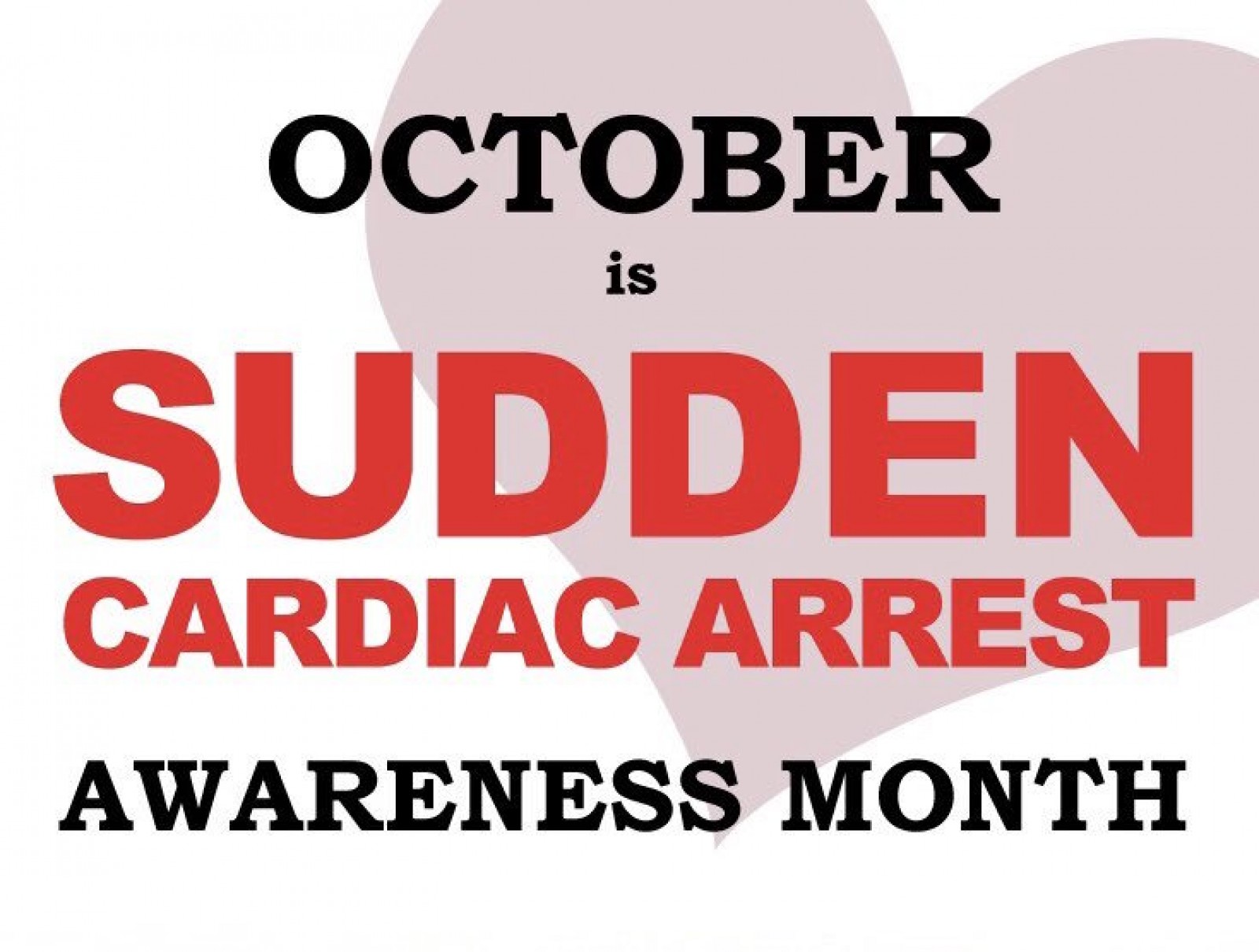According to the Heart Rhythm Society, more than 350,000 deaths occur each year from Sudden Cardiac Arrest (SCA). To decrease the death toll from SCA, it is important to understand what SCA is, what the warning signs are, and how to respond to a SCA event.
People often use the term “heart attack” interchangeably with SCA, but they are NOT the same thing!
What is the difference?
A heart attack occurs when a blocked artery prevents oxygen-rich blood from reaching a section of the heart. If the blocked artery is not reopened quickly, the part of the heart normally nourished by that artery begins to die. The longer a person goes without treatment, the greater the damage.
Sudden Cardiac Arrest occurs suddenly and oftentimes without warning. It is triggered by an electrical malfunction in the heart that causes an irregular heartbeat (arrhythmia). With its pumping action disrupted, the heart cannot pump blood to the brain, lungs and other organs. Seconds later, a person loses consciousness and has no pulse. Death occurs within minutes if the victim does not receive treatment.
An easy way to remember the difference is that a heart attack is a “circulation” problem and sudden cardiac arrest is an “electrical” problem. These two distinct heart conditions are, however, linked. SCA can occur after or during recovery from a heart attack. Having a heart attack increases the risk for sudden cardiac arrest.
What are the warning signs of SCA?
In many cases of SCA, warning signs and symptoms are present beforehand and should not be ignored:
• Racing heart rate or heart palpitations
• Dizziness or lightheadedness especially with exercise
• Repeated unexplained fainting
• Fainting or seizures during or right after exercise
• Chest pain or excessive shortness of breath with exercise
• Family history of heart disease or abnormalities
What to do if you suspect SCA?
Sudden Cardiac Arrest is reversible in most cases if it's treated within a few minutes. First, call for emergency medical services. Then, if one is available, use an automated external defibrillator (AED) and/or CPR immediately and continue until emergency assistance arrives.
Time-to-treatment is critical when considering the chance of survival for an SCA victim. Ninety-five percent of those who experience SCA die because they do not receive life-saving defibrillation within four to six minutes, before brain and permanent death start to occur. Learn more about the steps to take when responding to a potential SCA emergency. Knowing these steps could make the make the difference between life and death for the victim.





